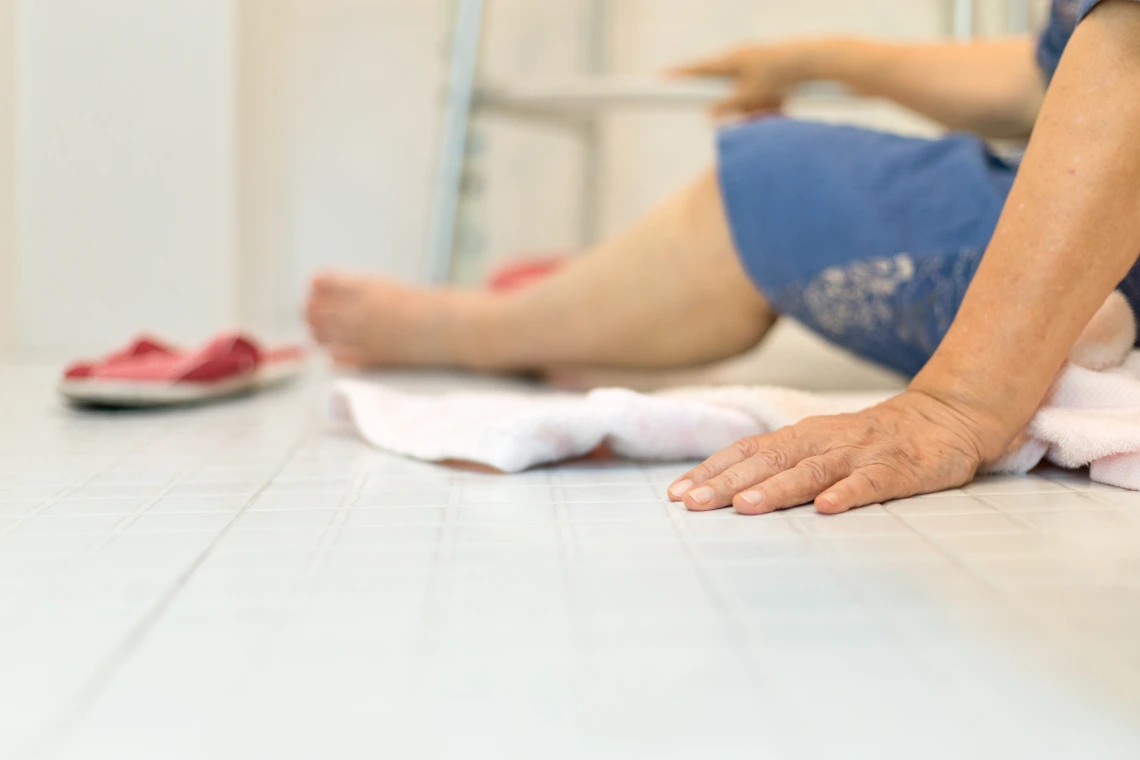Physical therapists use simple screening tools to help predict fall risk in community dwelling older adults. This project is focused on developing a screening tool that is quick, easy to use and financially feasible for large-scale use.
Our novel test will be compared to the history of falls and to other tests already in use and could ultimately allow the introduction of a new, simple tool that helps predict and therefore subsequently prevent falls.
An Everyday Emergency
Falls are common among older adults, but their impacts are extraordinary. US data from the Centers for Disease Control shows:
- Emergency departments treat 3 million older adults for falls every year
- In 2019, falls killed 34,000 people 65 and older, making this the leading cause of injury-related death for that age group
- Falls among older adult cost $50 billion annually in healthcare, with $37.5 million of that cost paid by Medicare and Medicaid


Assessing Fall Risks
There are many factors that increase risk of falling. Some of the most common are visual impairment, weakness, joint pain, unbalanced gait, slowing reaction times and side effects of many common medications.
There are also many risk screening tools in use today, including measuring walking speed, observing gait, fall histories, assessing reach and strength and more. Each tool has its pros and cons. Some tests require special and sometimes costly equipment. Some tests require a lot of time. Some can only be done in specific settings.
Our goal is to develop a screening tool that overcomes all of these drawbacks while also outperforming existing tools at assessing risk, to be demonstrated by comparing assessments to actual outcomes.

